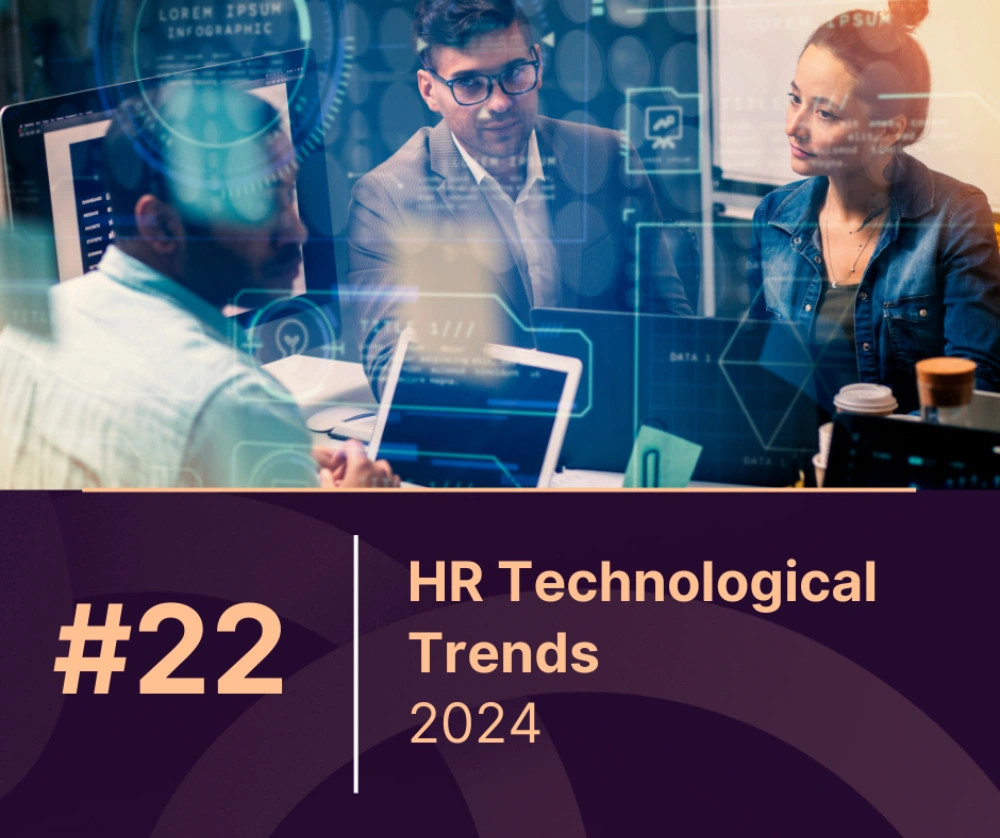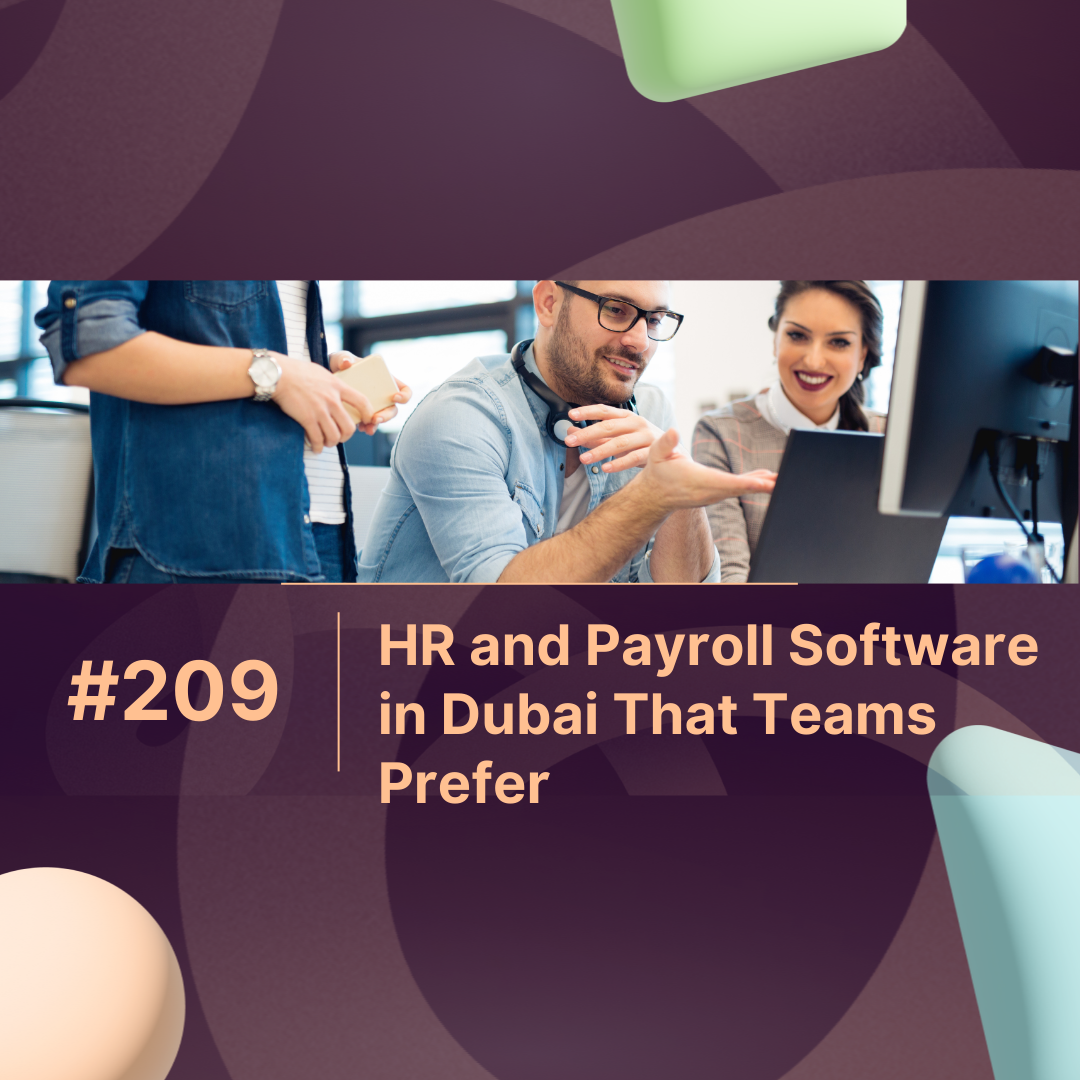Human Resources (HR) technology is transforming rapidly in response to the shifting nature of work as advancements continue to be made that can help address the way organizations recruit, develop and retain talent. By 2024, businesses have adopted HR technology at the bleeding edge to stay ahead of the curve in talent acquisition, employee engagement and workforce management. In this article, we will show you the most important trends in HR Technology that are changing work and what your organization can do to improve without confusion.
1. Artificial Intelligence (AI) in HR: A Game-Changer
Still primarily influenced by Artificial Intelligence (AI) HR tech, 2024 AI-powered solutions are decreasing the workload for managing time consuming activities and providing precise analytics from recruiting to employee engagement to support core decision-making processes. For example, chatbots and candidate screening software are new AI-based tools for information processing that assist employers in a range of tasks relating to recruitment, where they can dramatically diminish the bias present in traditional hiring practices. These systems are intelligent enough to quickly and objectively sift through thousands of candidates while identifying the best-fit talent for each role, thus reducing time to hire and enhancing diversity by ruling out unconscious biases.
AI-enabled performance management and feedback tools are also on the rise. These platforms provide feedback bolted on to google like analytics with the use of machine learning algorithms, keeps constant tabs on workforce development and recommends tailored career pathways. Ditching annual reviews in favor of real-time performance management promotes a culture of growth and professional development, ultimately making you more competitive in the fast-paced world of work today.
2. The Rise of Employee Experience Platforms
Employee experience (EX) has become a mainstay for companies wanting to keep their best talent and develop a productive culture of the workplace. Evolution of Employee Experience Platforms from Onboarding, Engagement to Development and Retention in 2024
These platforms combine a range of HR services — think payroll, benefits administration, performance reviews and learning and development — into one slick interface. The aim is to put an effortless system in action for HR personnel and employees, making it uncomplicated for workers to browse their benefits, follow performance goals and locate learning resources. Organizations that better the employee experience will have more satisfied employees, lower turnover and higher productivity.
And, AIs are also becoming more common by the day to provide customized experiences on these platforms. For example, AI may train employees in a manner best suited to their own learning style, or offer specific advice on career development. It is this level of customization that helps develop a work environment to breed and maintain the best employees.
3. HR Analytics: Turning Data into Actionable Insights
We need to be a data point in 2024, not an option. Today, HR technology provides for analytically driven tools (i.e. Advanced analytics) where enterprises can gather, analyze and take actions from the employee data. HR analytics can give an HR department insights into things like recruitment, performance, and employee well-being that help to make more fact-based decisions.
One area of the HR tech landscape that is experiencing a surge in development and adoption is predictive analytics. They can predict workforce requirements and identify potential talent shortfalls, even estimate employee attrition before it happens so the HR team can proactively work to resolve them. For instance, if analytics show that employees in a particular department are at a high risk for churn over the next six months, HR could use that data to come up with some sort of targeted engagement or retention approach.
Diversity and Inclusion-based HR analytics Organizations should scrutinize demographic data in order to determine where diversity is absent and intervene accordingly, helping to eliminate bias and create a more equitable workforce.
4. Remote and Hybrid Work Support Technologies
The transition to both fully remote and hybrid work is here for the long haul. In 2024, HR technology will continue to cater to the rising trend of the work from anywhere with elastic benefits as businesses progress toward flexible work arrangements. The new normal: basic skills for remote and hybrid work Tools like collaboration platforms, project management software and virtual meeting technologies are now becoming not only essential to productivity but team engagement.
The HR platforms have come up with integrated solutions to make the communication, collaboration, and performance tracking seamless across all locations. They also help guarantee compliance with labor laws, and regulations in the various regions, which can make it possible for HR teams to manage a global workforce more efficiently.
Focus on Employee Wellness, In remote and hybrid environments, workforce wellness as a workplace initiative has taken center stage. Now, not only do organizations have to implement HR technology such as wellness platforms offering virtual health assessments and mental health support or fitness programs which are meant to keep employees fit when working from home.
5. Automation of Routine HR Tasks
Automation is a trend that will continue to shape HR technology in 2024.Payroll processing, benefits administration and leave management are many examples of tasks that are becoming mostly automated, allowing HR professionals to focus more on strategic work. Robotic Process Automation (RPA) is spearheading this change by allowing organizations to automate rule-based, high-volume tasks with accuracy and productivity.
For instance, can automatically update employee records, process payroll, and generate compliance reports as per the guidelines of a given country without rules and regulations violations and the risk of human errors. HT: Automated HR processes which allows its employees to focus on the work that really matters, driving business value like talent management and employee development.
6. Focus on Learning and Development (L&D)
Continuous learning is the need of 2024 to stay competitive in a rapidly changing business landscape. A critical component of the supported new learning strategy is the availability and capacity of HR technology to facilitate personalized development that both aligns with organization objectives and individual employee career wants.
More sophisticated learning management systems (LMS) are now able to suggest AI-driven recommendations for training programs curated based on an employee’s role, skills and career path. VR/AR: Virtual and Augmented Reality (VR/AR) is here to stay in L&D, offering a way to deliver training in a musical environment that’s immersive and effective.
Conclusion
In 2024, the HR technology landscape is one of innovation and transformation. This provides a new level of context and insight to how organizations are now managing their workforce through AI, employee experience platforms, HR analytics and automation, as well remote work technologies and learning platforms so companies can stay agile in an ever-changing world. As these trends develop it is essential for every organization to take part in this change and adopt HR technology to not only stay competitive in the market but also to attract talent, upscale employee engagement.
By staying ahead of the curve and investing in the right HR technologies, businesses can not only meet the demands of today but also anticipate the needs of tomorrow.
Questions:
1. What is the significance of Artificial Intelligence (AI) in HR technology for 2024?
Answer: AI plays a transformative role in HR technology by automating time-consuming tasks, such as candidate screening and performance management. It helps reduce biases in hiring processes and provides analytics that support core decision-making. AI-powered tools can quickly sift through large candidate pools and offer real-time feedback, fostering a culture of continuous development.
2. How do Employee Experience Platforms (EXPs) enhance workplace culture?
Answer: Employee Experience Platforms centralize various HR services, including payroll, benefits, and performance management, into a single interface. This simplicity allows employees to easily navigate their benefits and track performance goals. By improving the overall employee experience, organizations can increase employee satisfaction, reduce turnover, and boost productivity.
3. What role do HR analytics play in strategic decision-making?
Answer: HR analytics provide valuable insights into employee data, enabling HR departments to make informed, data-driven decisions. Advanced analytics can predict workforce needs, identify potential talent shortages, and help address employee attrition proactively. This data-driven approach supports diversity and inclusion efforts by identifying areas lacking representation and guiding interventions.
4. How are remote and hybrid work technologies evolving in 2024?
Answer: The shift toward remote and hybrid work is here to stay, and HR technology is adapting to support this new normal. Integrated solutions for communication, collaboration, and performance tracking are essential for maintaining productivity and engagement across various locations. These technologies also help ensure compliance with labor laws and regulations in diverse regions.
5. What tasks are being automated within HR processes, and what benefits does this bring?
Answer: Routine HR tasks, such as payroll processing, benefits administration, and leave management, are increasingly being automated. Robotic Process Automation (RPA) allows organizations to handle high-volume tasks with accuracy, reducing the risk of human error. This automation frees up HR professionals to focus on strategic initiatives, such as talent management and employee development, ultimately driving business value.
6. Why is Learning and Development (L&D) a priority in HR technology for 2024?
Answer: Continuous learning is crucial for organizations to remain competitive in a rapidly changing business landscape. HR technology now facilitates personalized development opportunities that align with both organizational goals and individual career aspirations. Advanced Learning Management Systems (LMS) provide AI-driven training recommendations, enhancing employee skills and knowledge.
7. What should organizations do to stay competitive in the evolving HR technology landscape?
Answer: Organizations must embrace innovation by adopting new HR technologies that address current workforce challenges. Staying informed about emerging trends, investing in AI, employee experience platforms, HR analytics, and automation will help organizations attract talent, enhance employee engagement, and remain agile in a fast-changing world.
These questions and answers can be used to provide further insights into the key themes of your blog post while engaging your audience.



